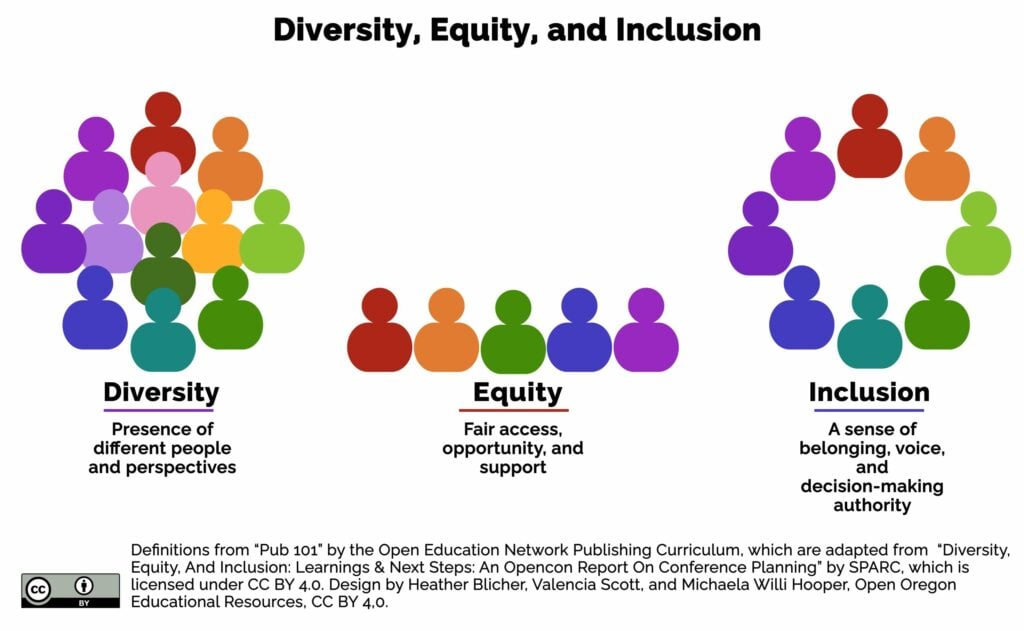Diversity, Equity, and Inclusion (DEI) are principles aimed at ensuring fair treatment, access, opportunity, and advancement for all people within the workforce.
Through employing an effective DEI strategy, companies can look to identify and eliminate barriers that have previously prevented the full participation of people from certain genders, races, genders, sexualities, ethnicities, ages, or socioeconomic status’.
But why is this so important in the data and AI space? A recent report showed that just 12.5% of AI researchers worldwide are women, and this is having a negative effect on AI tools and how they develop algorithmic biases.
This was the subject of episode 5 of The Data & AI Podcast, where Harnham’s India Walker-Smith speaks to data leader Anita Caras as they dive into the world of DEI. You can listen to the full episode here.
How can data and AI leaders take action on DEI?
There are several ways that leaders in the data and AI space can take action on DEI. For one, promoting fair and responsible AI development both internally and externally can go a long way to changing the face of the industry.
But big changes can be made outside of the technology itself, too.
“I think the best advice for any leader is the openness to learn. It’s about being open to new ideas, new experiences, and new responses to what we think and how we feel. And the more that we learn about the biases in ourselves, the more we can apply that mindset in our working lives.”
Experienced Data Leader Anita Caras, via The Data & AI Podcast
Examples of DEI initiatives
Recruitment and Hiring Practices: Implementing unbiased hiring practices, such as blind recruitment (removing names and other identifying information from resumes) to reduce unconscious biases. Creating partnerships with diverse professional organisations and colleges to reach a broader candidate pool.
Training and Development: Offering training programs on topics such as unconscious bias, cultural competence, and inclusive leadership. These programs aim to raise awareness and equip employees with the skills to create an inclusive environment.

Mentorship and Sponsorship Programs: Establishing mentorship and sponsorship opportunities to support the career advancement of underrepresented groups within the organisation. These programs can help in building a diverse leadership pipeline.
Employee Resource Groups (ERGs): Supporting the formation of ERGs for various communities, such as LGBTQ+ employees, women, employees of colour, veterans, and people with disabilities. ERGs provide a sense of belonging and support for their members and can offer valuable insights to the organisation on DEI matters.
Equity Audits: Conducting regular equity audits to assess and address disparities within the organisation. This can include analysing pay equity, promotion rates, and access to development opportunities to ensure fairness and equity.
Challenges with implementing a DEI strategy
That being said, implementing a strategy around diversity, equity and inclusion can bring its own challenges.
“One big challenge that everyone will face is a change in management. It’s out of your control, but can significantly affect the buy-in and therefore outcome of your DEI strategy. So being ready for that is key.”
Experienced Data Leader Anita Caras, via The Data & AI Podcast
Outside of leadership, one of the biggest obstacles to a working DEI strategy is cultural resistance to change. Employees may fear disruption to established ways of working, and addressing those concerns through open communication and education is crucial.
Follow us on LinkedIn
Check out The Data and AI Podcast
Looking to grow your data team or AI team? Contact us























